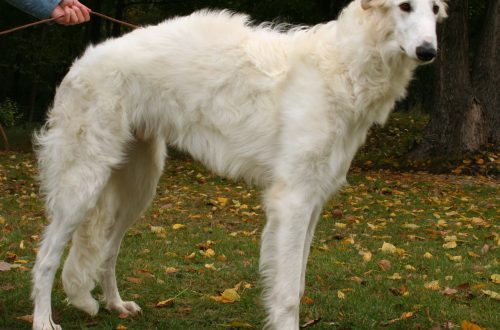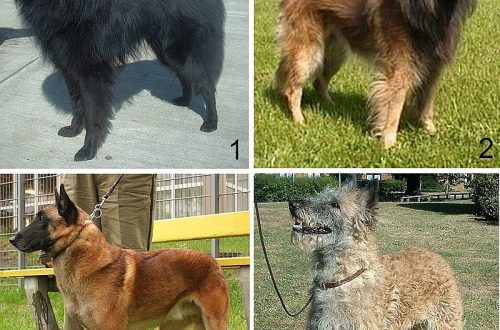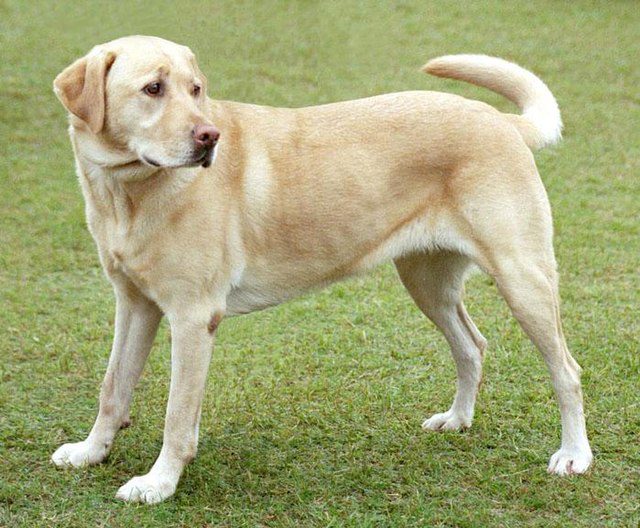
Labrador Retriever
Other names: Labrador
Labrador is one of the most popular breeds in the modern world. This is an ideal pet for families with children, hunters, rescuers and people with disabilities.
Contents
- Characteristics of Labrador Retriever
- Basic moments
- History of the Labrador Retriever breed
- Video: Labrador Retriever
- Appearance of Labradors
- Photo of an adult Labrador
- The nature of the Labrador Retriever
- Education and training
- Care and maintenance
- Health and disease of the Labrador
- How to choose a puppy of Labrador Retriever
- Photo of Labrador puppies
- How much does a labrador retriever cost
Characteristics of Labrador Retriever
| Country of origin | Canada |
| The size | Large |
| Growth | 55-57 cm at the withers |
| Weight | 30–45 kg |
| Age | 12–15 years old |
| FCI breed group | retrievers, spaniels, water dogs |
Basic moments
- The Labrador Retriever is a medium to large dog.
- The main merit in the creation of the breed belongs to English enthusiasts.
- The Labrador can be kept in an apartment, but long daily walks and sufficient physical activity are required.
- The dog was created to accompany hunting, therefore it does not have good security qualities, but it gets along well with children and animals.
- Breeders cite nutrition and weight control as the main problem of keeping, as Labradors are known lovers of food.
- Labrador retrievers lend themselves well to training if you show patience and resourcefulness in the learning process.
- Dogs do not cause any special problems in care, they are distinguished by good health.
- The breed standard today allows black, fawn and chocolate.
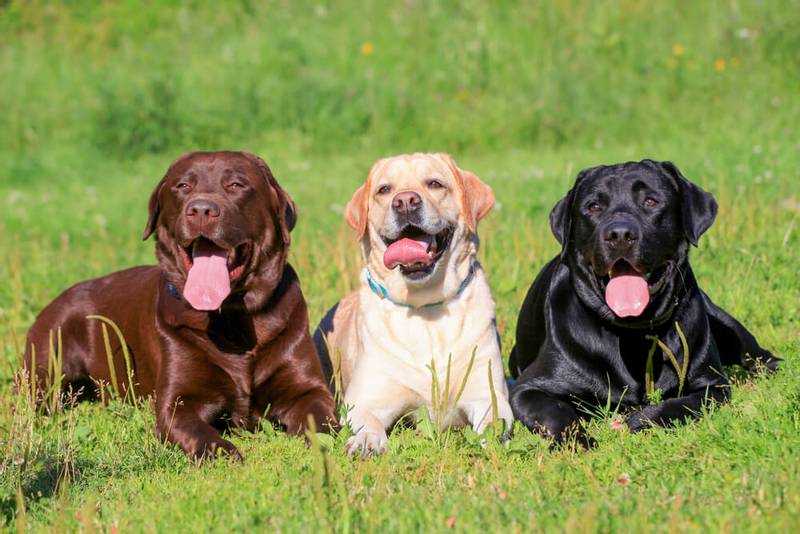
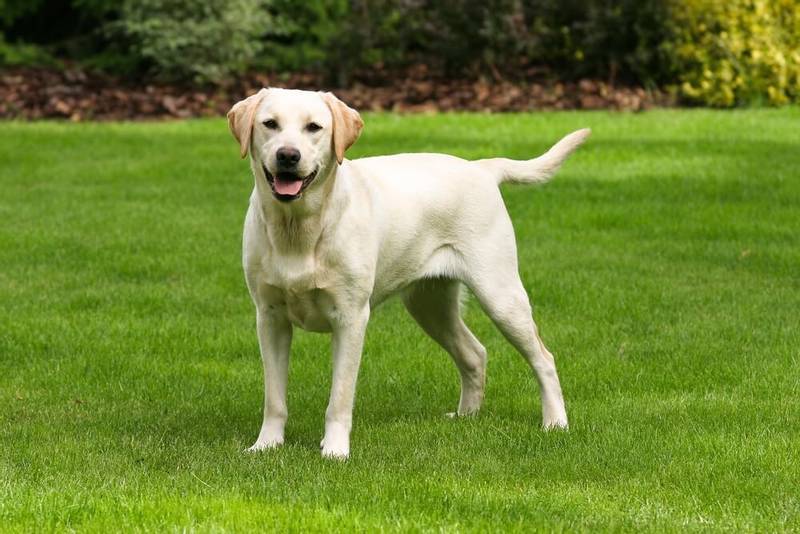
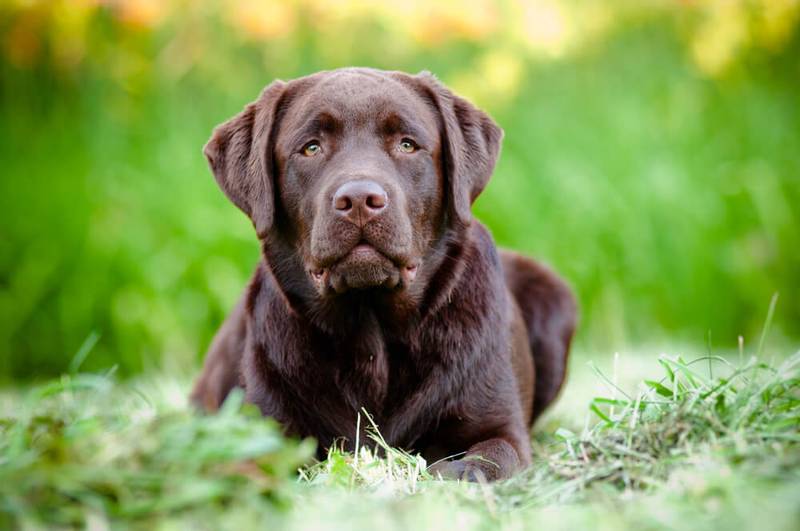
The Labrador has become so widespread thanks to a surprisingly successful combination of external data and “working” qualities that allow representatives of the breed to be not only companions in everyday life, but also to serve for the benefit of man. They regularly make it to the top of the rankings of “most loyal”, “most obedient”, “most hardworking” dogs according to professional breeders and ordinary owners.
History of the Labrador Retriever breed

Whatever geographic associations you may have, researchers do not find a direct connection between Labradors and the North American peninsula of the same name. The version that the ancestors of Labradors arrived in England from the island of Newfoundland, located to the southeast and now part of the youngest Canadian province, is considered historically reliable.
The origin of the name of the breed is explained by different theories. According to one, the original color (exceptionally black) resembled an igneous rock lying in their homeland – labradorite. Supporters of the other argue that the Europeans, who were not particularly versed in the intricacies of the toponymy of the New World, considered such a name to be successful for animals that arrived on ships from the shores of the Labrador Sea. It is likely that there was an elementary need to distinguish between a new breed and the long-haired Newfoundland , well known to British breeders of the 19th century . However, there is an opinion that both breeds appeared in England at about the same time and, as a result of confusion, the “natives” from Labrador were named after the neighboring island and vice versa.
By the way, it is assumed that the progenitor of the shaggy Newfoundland giants was closely related to the ancestor of Labradors – the water dog of St. John. Explore the origins of the Water Dog St. John’s is not possible over the years, but experts admit that it was the result of crossing a large number of breeds that, along with their owners, have been in North America since the time of the Great Geographical Discoveries.
The first European explorers of the modern coast of Canada were Portuguese navigators, and, quite likely, through their efforts, Candiagua appeared here – Portuguese water dogs, bred back in the Middle Ages to make life easier for sailors. They acted as postal couriers between the ships of the fishing fleets, delivered messages to the shore, pulled out things that were overboard, and even helped drive schools of cod into the nets. The St. John’s dogs also excelled in high water and were used by Canadians to search for and rescue shipwrecked victims. A series of short-sighted restrictive laws and exorbitant taxes for dog owners led to a decrease in the number of animals, and then to their disappearance. The last representatives of this breed died in the 20th century, but its genes live on in Golden Retrievers , Labrador Retrievers, Chesapeake Bay Retrievers, Flat Coated Retrievers.

The first Labradors arrived in Europe on merchant ships. For a long time, strong economic ties were established between Newfoundland and England, where Canadians sold cod caught in the Atlantic. The British, passionate hunters, immediately drew attention to the mobile and easily trainable companions of sailors. In the 19th century, the importation of “small Newfoundland dogs” began. The breed name accepted today appeared only in the 1870s. At the same time, the influx of overseas “fresh blood” began to dry up, and in 1895 the Quarantine Act was adopted, which banned the importation of animals without a license and a six-month quarantine. Since then, the breed has developed virtually exclusively through internal selection.
The first breeders of Labradors independently of each other were two noble families – the Earls of Malmesbury and the Dukes of Buccleuch. Kennels located in Hampshire and Scotland, respectively, contributed to the popularization of the breed among local aristocrats. It turned out that the short-haired workers from the island of Newfoundland are ideal companions for hunting birds and small game. To endurance and meek disposition, with proper upbringing, amazing skills were added to find and retrieve the prey shot by the owner. The success of Labradors later contributed to good exhibition qualities.
For several decades, confusion reigned with the definition of belonging to a particular breed. It happened that even puppies from the same litter were classified in documents as different “branches” of retrievers. However, already in 1903, Labradors were officially recognized by the world’s oldest kennel club, the English Kennel. This caused another surge of interest and led to the creation of several new nurseries. In 1916, the Labrador Retriever Club was born – an organization that still functions today, taking care of maintaining the purity of the lines.
During the First World War, Labradors again crossed the ocean. In the USA, they quickly gained popularity, the so-called American type gradually formed, regarding which there are still disputes among specialists.
For a long time, black was considered the only acceptable color of the animal, the rest of the puppies were culled. In 1899, the fawn Labrador Retriever was registered for the first time, and in 1930, the Chocolate Labrador Retriever.
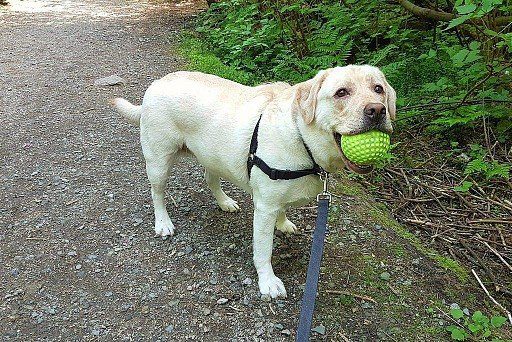
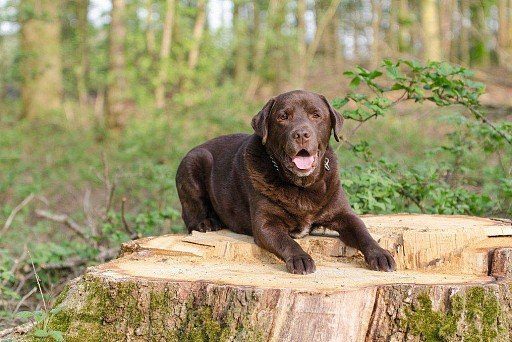
Video: Labrador Retriever
Appearance of Labradors
Most reputable breeders are guided by the International Canine Organization (FCI) standard, the new edition of which was adopted in January 2011.
General impression
Strong build, compact, very active.
Head
Well balanced, not too massive or thin-boned. Skull broad, muzzle without large cheeks. The transition from the main part of the head to the muzzle is clearly expressed. The nose is wide, with well-defined nostrils. Jaws of medium length, strong. The teeth of the Labrador are set vertically in the jaw, the bite is perfect and scissor-shaped (the upper incisors completely overlap the lower ones). Eyes of medium size, brown or hazel, express intelligence and good character. The ears are neither wide nor heavy, hanging close to the head and set well back.
Neck
Clean lines, powerful and strong.
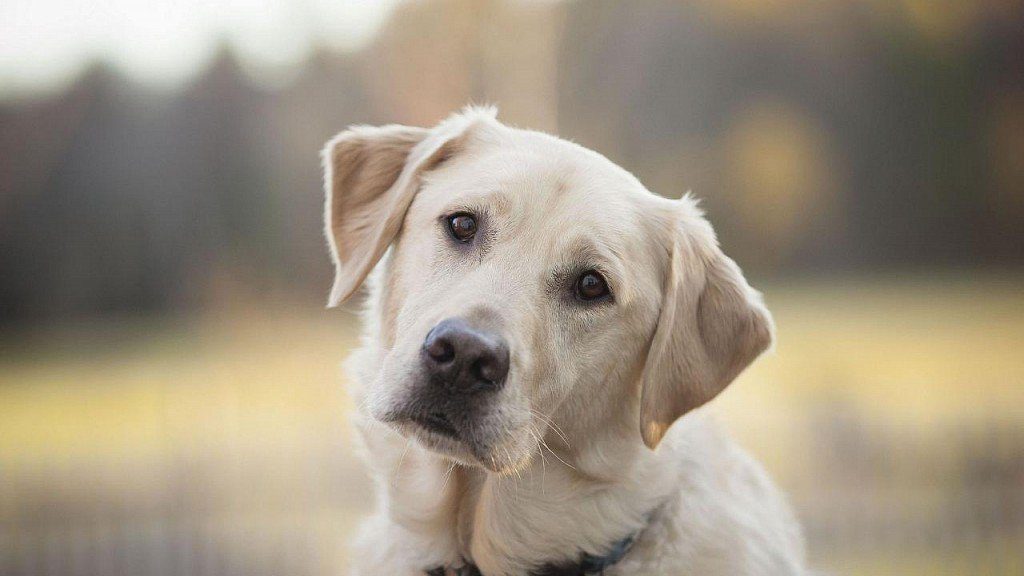

Labrador Retriever Frame
Straight, horizontal topline. Broad, short and strong loins. The chest is broad and deep, with well sprung ribs.
Forelimbs
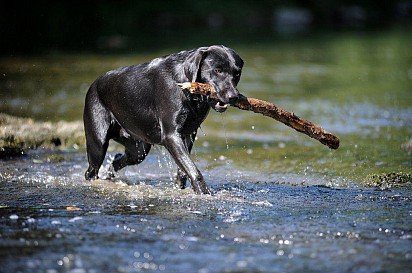

Well boned, straight from elbow to ground. The shoulder is long and oblique. Long shoulder blades with an angle that provides a wide pitch (90-105°). Feet are round, compact, with well developed pads and arched toes.
Hind limbs
Well developed, without inclination of the croup towards the tail. Well angulated knees (110° provide an ideal build for normal hindquarter movement). The hock joint is low. The structure of the paws is similar to the forelimbs.
Tail
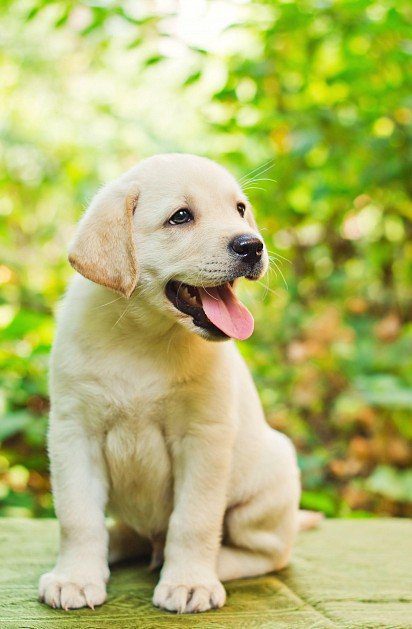

The tail of the Labrador is very thick at the base, gradually tapering towards the end – a characteristic “otter” shape. The length is average. Without dewlap, but covered on all sides with short, thick, dense hair. Carried low, level with the topline, never curled over the back.
Labrador Retriever movements
Free, productive. Rectilinear and parallel fore and hind limbs.
Wool
The coat of the Labrador is short, thick, without waves and feathering, hard to the touch. The undercoat is thick and weatherproof.
Color
Labradors have solid colors: black, fawn or brown (liver, chocolate). Fawn from light cream to fox-red. A small white spot is permissible on the chest.
The size
The ideal height at the withers for males is 56-57 cm, for females 54-56 cm. Recently, many individuals have appeared in Europe whose height reaches only 50 cm. This trend is of serious concern to specialists. The weight of Labradors is not regulated by the standard, but the preferred range for males is 29-36 kg, for females 25-32 kg.
It must be remembered that outwardly Labradors differ not only in informal types (English or American; old, classic, heavy, modern, and others), but also depending on whether you have a show dog intended for exhibitions and performances, or a “working dog”. “. The former are heavier and have shorter legs, while the latter are athletic.
Photo of an adult Labrador
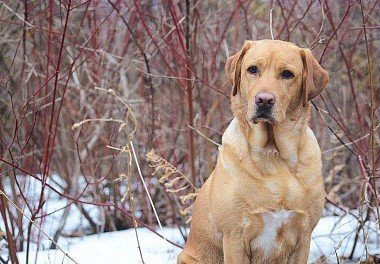

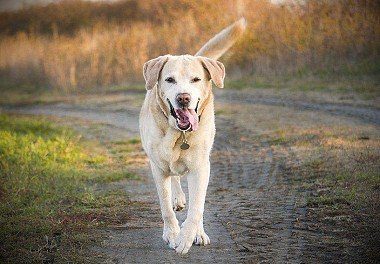

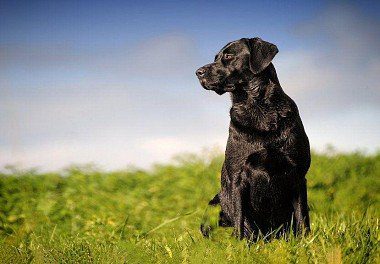

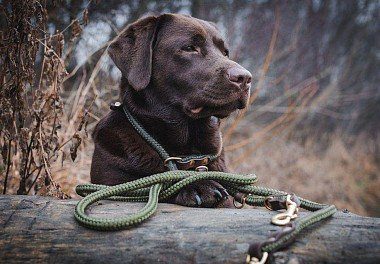



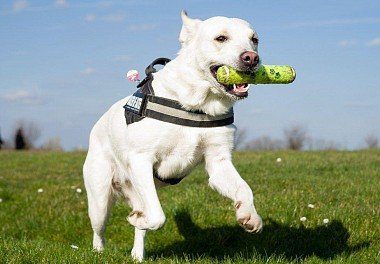

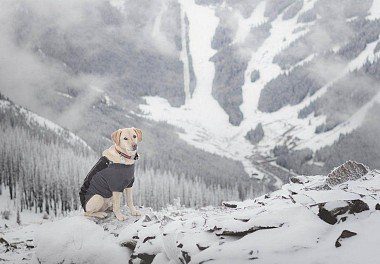

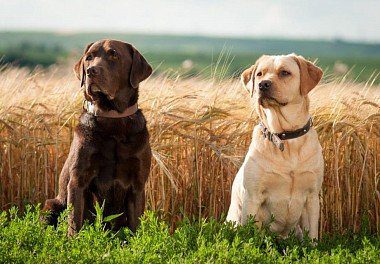

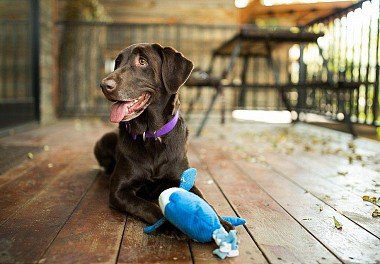

The nature of the Labrador Retriever
It is difficult to find a dog with a lighter and more accommodating character than a Labrador Retriever. They are incredibly friendly and try to please a person in any situation. Aggression is not characteristic of them at all, so there will be no problems with life in a house where there are other animals (including cats) and children of any age.
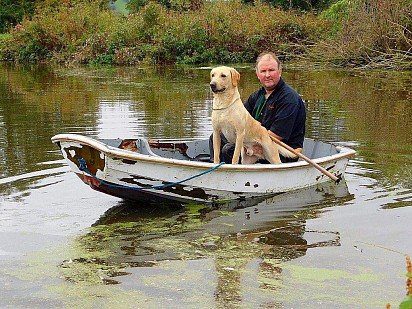

The reverse side of such a mild disposition can only be called poorly developed security qualities. You should not expect the Labrador to repulse the robbers – everyone who comes to his territory is perceived by default as a new playmate, but in the event of a direct threat to the owners from people or “foreign” dogs, he will definitely defend himself.
Labrador Retrievers make excellent guides for the visually impaired, therapists for those with autism, and helpers for people with disabilities. In addition, they are often used as service dogs in rescue operations (particularly on the water), and a keen sense of smell helps in the search for explosives and drugs.
For generations, the instinct of gun dogs has been laid in them – to find and bring to the owner the shot game. If hunting is not one of your hobbies, for the happiness of the dog, it is enough to regularly retrieve balls and sticks thrown away. It’s great fun and a workout that burns calories.
Education and training
Labradors are incredibly agile and cheerful creatures, even in adulthood they love active games. High intelligence and calm character open wide opportunities for training. In this case, it is not recommended to show excessive rigidity. You should be persistent, but patient, do not forget about encouragement (both verbal and with treats) and avoid boring, monotonous activities in which the pet inevitably loses interest in the process.
Early socialization is extremely important so that your dog does not experience stress when in contact with the outside world, other people, animals, and also firmly learns the acceptable norms of behavior in various life situations. For Labrador owners who do not have experience in raising large dogs, it is better to seek the help of professional dog handlers and take a few lessons or complete a full course of training.
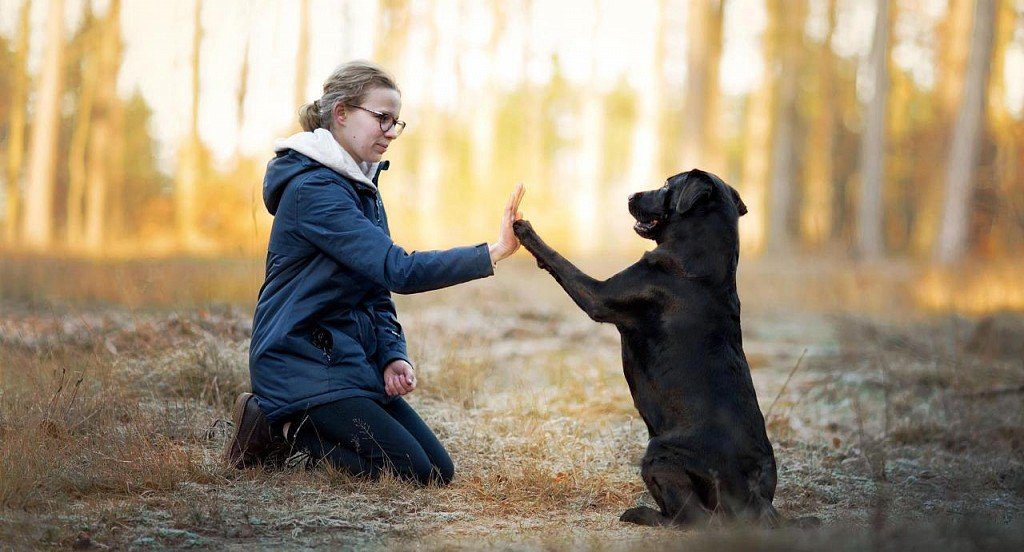

Care and maintenance
The main commandment of the owner of the Labrador Retriever from the first days should be the principle of moderation in food. The fact is that these dogs are prone to overeating, which leads to obesity and very serious health problems. To avoid trouble, accustom the dog to a strict diet, watch the portion sizes, do not allow excess “lunch” to remain in the bowl, do not get carried away with dog treats and, of course, do not treat your pet with pieces from the common table – salty, smoked and sweet food . If you prefer natural nutrition, coordinate the menu with your doctor and do not forget about vitamin and mineral supplements. When choosing ready-made feed, focus on products of proven brands from the upper price segment. With any type of diet, the dog must have constant access to fresh drinking water.


As already mentioned, Labradors are very active, regular physical activity is not just desirable for them, but is a prerequisite for normal health and psychological state. Get ready for long walks – experienced breeders advise spending half an hour in the morning and at least two hours in the evening on them. In this case, the dog will not get bored, gain excess weight and pester you with pranks in the apartment.
Caring for a Labrador does not require extra effort. Basically, these are the standard procedures:
- combing – daily during the period of active molting, which occurs twice a year, and once or twice a week the rest of the time, it is recommended to use a special hard brush;
- washing – under normal conditions, it is enough to do this once every two months, using the means recommended by the veterinarian. Frequent water procedures negatively affect the condition of the coat and skin, as well as immunity;
- brushing teeth – regularly, with a special paste for dogs;
- ear care – in order to avoid infections, it is necessary to systematically inspect the ears and remove dirt with a cotton swab.
It is important, of course, to closely monitor your pet and not postpone a visit to the veterinarian if signs of poor health or atypical behavior are noticed.
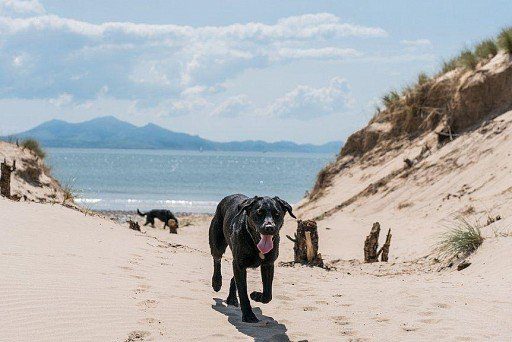

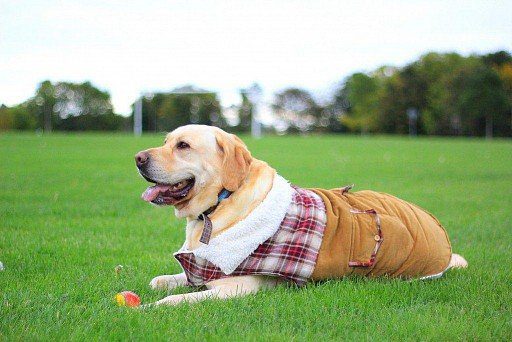

Health and disease of the Labrador
In general, Labrador Retrievers can be called fairly healthy dogs, although any purebred animals, due to the limited choice of lines, have a predisposition to certain genetic diseases. From birth or with age, some individuals may show autoimmune diseases or deafness.
But in most cases, until old age, visits to the clinic will be episodic. Puppies should be routinely vaccinated if not done by the breeder. With proper care and proper nutrition, the average life expectancy of this breed is 10-12 years. Like other large dogs, the Achilles heel of Labradors is the musculoskeletal system, the most common disease veterinarians call hip dysplasia. There are frequent cases of cataracts, retinal atrophy and corneal dystrophy.
But the main source of danger to the health of the dog is obesity due to the indefatigable appetite, which has already been mentioned above. This factor affects the duration and quality of life of a pet, as it inevitably leads to the development of diabetes, eye diseases, diseases of the musculoskeletal system. A controlled diet and sufficient exercise will help your pet stay active and healthy longer.
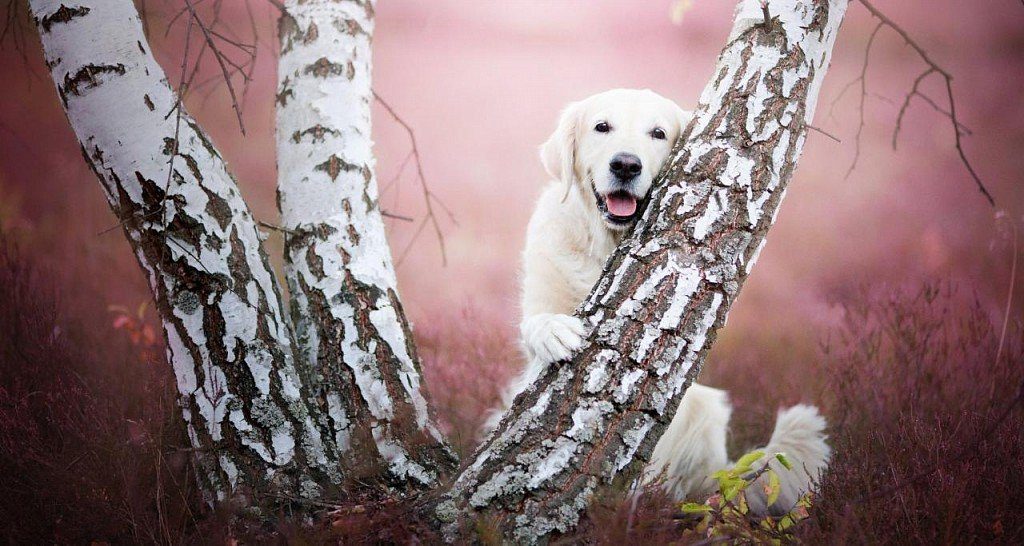

How to choose a puppy of Labrador Retriever
The popularity of the breed is not always an advantage for those who decide to get a Labrador Retriever. In pursuit of profit, unscrupulous breeders keep parents and puppies in inappropriate conditions. Of course, unsanitary conditions, overcrowding and malnutrition have a detrimental effect on the formation of a growing body and health in the long term, so the first advice: do not try to save money and contact only nurseries with a good reputation, where you can see your future pet with your own eyes, read the documents on the pedigree , get reliable information about vaccinations.
When choosing a Labrador, pay attention to the conformity with the external characteristics of the breed, observe the behavior of the baby – he should be playful, active and easy to make contact. An important sign of good health is a healthy sheen of wool, clean eyes and ears, and a normal appetite.
Photo of Labrador puppies
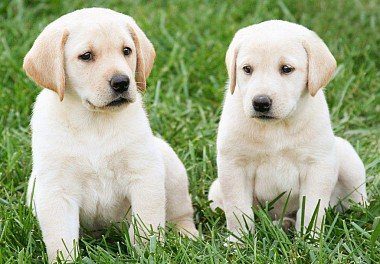



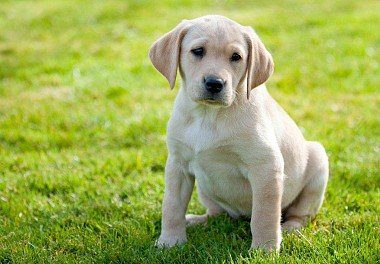

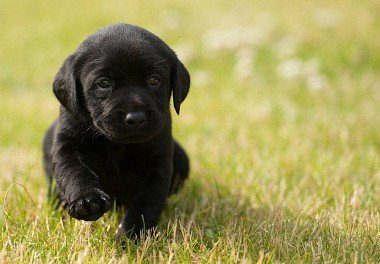

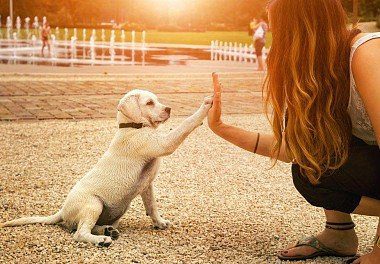

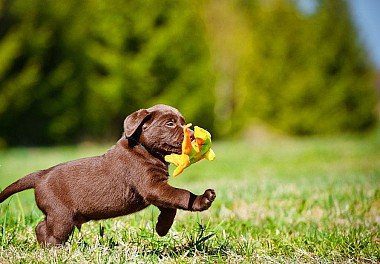

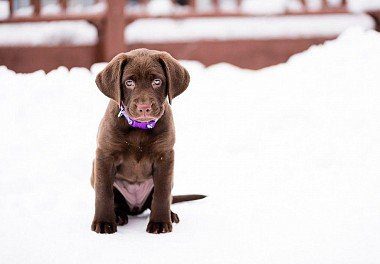

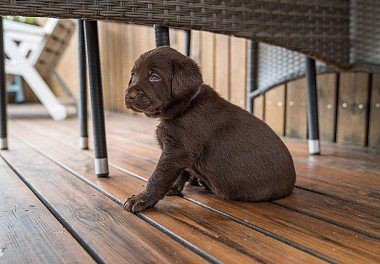

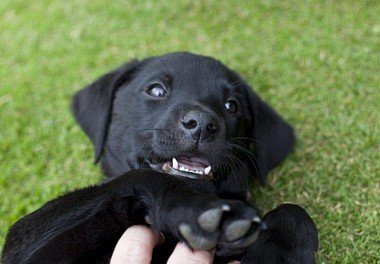

How much does a labrador retriever cost
The most affordable offers are puppies “from hands”, without documents and pedigree, but we remind you once again: in this way you run the risk of becoming the owner of a dog with poor health or completely devoid of the “brand” qualities of a Labrador due to an admixture of unknown genes.
A Labrador puppy from a nursery costs between 900 and 1500$. In this case, you will receive a pet with documents, you will be able to participate in exhibitions and hope for prizes. Show-class kids, whose parents boast numerous medals, will cost a little more.





